When President Trump made good on his campaign promise and withdrew the United States from the Trans-Pacific Partnership (TPP) immediately after his inauguration, the conventional wisdom was that the TPP was dead without U.S. participation. The demise of the agreement was lamented and many obituaries were written for the TPP.
But what a difference a year makes. The Comprehensive and Progressive Agreement for Trans-Pacific Partnership (CPTPP), which its 11 member states signed yesterday, has disproved this conventional wisdom. It has shown that in spite of the huge blow dealt by the U.S. withdrawal, the remaining parties were able to act in concert to resurrect the trade agreement and preserve its high level of ambition. They were able to keep tariff liberalization targets intact and take a surgical approach in suspending some of the provisions in the rules area, with the intention of leaving the door open for an American return.
Given the growing unpredictability of U.S. trade policy, it is greatly reassuring to know that U.S. participation is not indispensable for a trade agreement of high ambition to be successfully adopted in the Asia-Pacific region—or any other region for that matter.
Other countries can and will step in to fill the void and provide trade leadership.
As the United States retreats from its traditional role as champion of trade liberalization, the successful conclusion of the CPTPP has illustrated that other countries can and will step in to fill the void and provide trade leadership. Japan cut its teeth on trade leadership with the CPTPP, proving that it’s time to revise the image of Japan as a passive rule taker in the multilateral trading system and a country that defensively negotiates bilateral trade agreements of low ambition because of its own sensitivities with agricultural liberalization. That is no longer Japan’s profile.
Japan picked up the mantle of leadership in the TPP, and subsequent CPTPP, despite the fact that the U.S. withdrawal made two of Japan’s core objectives in the agreement unattainable. Japan had hoped to reach a compromise on long divisive market issues between the U.S. and Japan, and anchor the United States to the regional architecture amidst a regional power shift due to the rise of China. Japan’s decision reflects its desire, and that of the other member states, for the CPTPP to survive because it offers significant opportunities. It helps fight the tide of rising protectionism, it enhances the operation of global supply chains (something that bilateral agreements cannot do), and it helps fill the void left in the region by U.S. disengagement by offering an alternative to China-centric economic integration initiatives.
In order to fully grasp the significance of the CPTPP, it is important to highlight its timing. It comes at a time when there is grave concern over the direction of the two largest economies in the world. China’s appetite for reform has waned and there is apprehension regarding the negative effects of some of its market distorting policies (overcapacity, digital protectionism). The United States is turning inward, relying on unilateral trade remedies and protectionist measures (the imposition of steel and aluminum tariffs on feeble national security grounds). The CPTPP helps member countries hedge against the adverse trends of Chinese mercantilism and U.S. protectionism.
While there will be a cost of exclusion for the Unites States, it is hard to tell as yet whether it will be enough of an incentive for the United States to return to the CPTPP. Recent signals from the Trump administration on potentially rejoining the CPTPP may come from a realization, though not openly acknowledged, that it misread the dynamics of trade diplomacy in the region. After all, it was one thing to ditch the TPP under the assumption that the U.S. exit de facto killed the agreement, it is another to realize that the agreement is very much alive and American export industries will be at a disadvantage in the large Asia-Pacific market. Similarly, it was easy to promise a string of bilateral trade agreements in the region, but the reality is that there aren’t any countries lining up to negotiate one on one with the United States.
While the CPTPP countries have been somewhat encouraged by the comments from President Trump and Treasury Secretary Steve Mnuchin, these “signals” are not compelling or credible, and hence they are not effective. Trump’s comment at the World Economic Forum that he would be interested in the CPTPP if he could get a better deal has fallen flat for the most part. Renegotiating the agreement is not an appealing prospect for the CPTPP countries given the Trump administration’s mantra of reducing bilateral trade deficits, and there is no confidence that the U.S. administration will really follow through on this new interest. The CPTPP members are not waiting for Washington; they are standing by their hard-won agreement and moving forward with the ratification process.
The Brookings Institution is committed to quality, independence, and impact.
We are supported by a diverse array of funders. In line with our values and policies, each Brookings publication represents the sole views of its author(s).

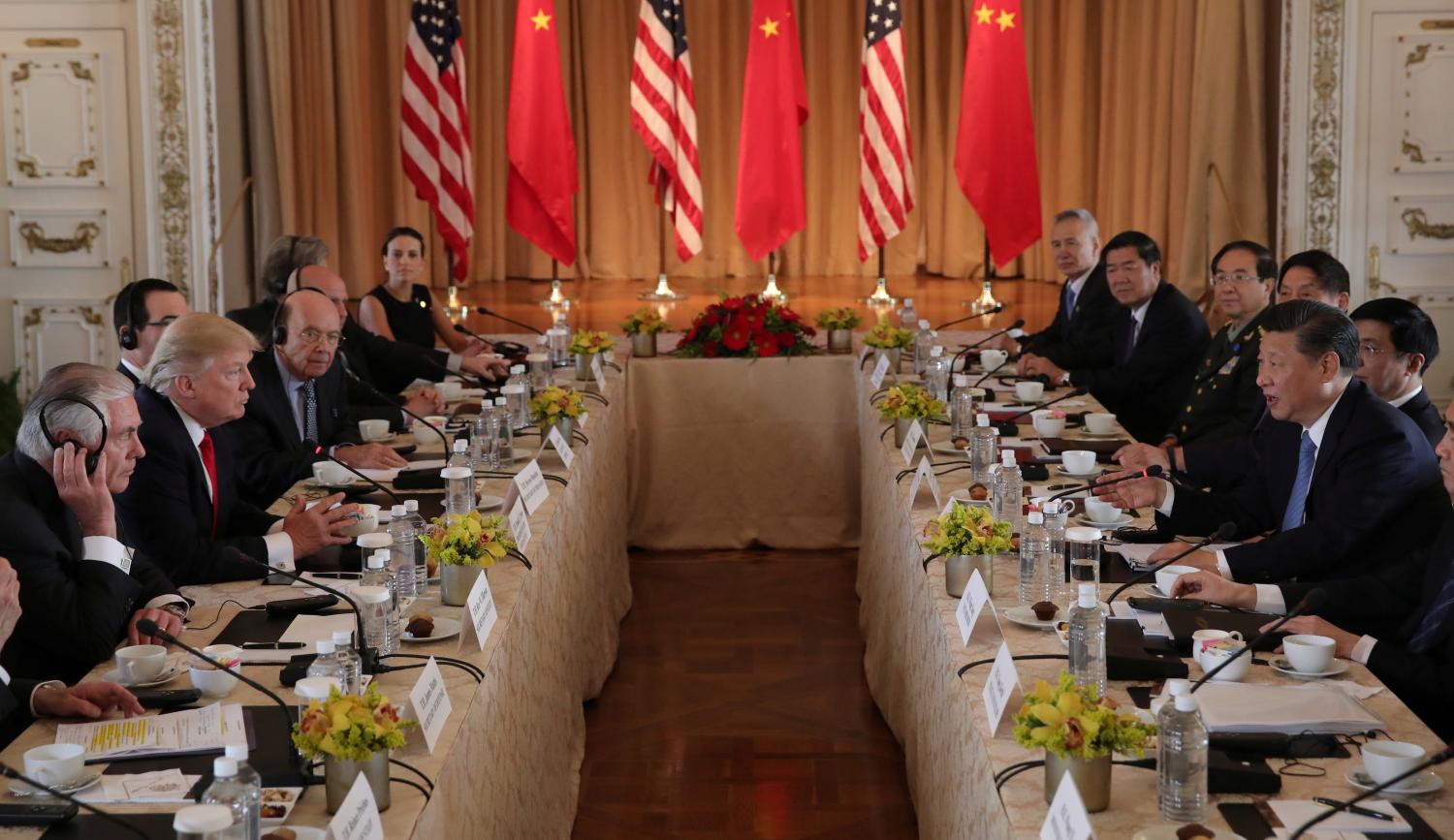
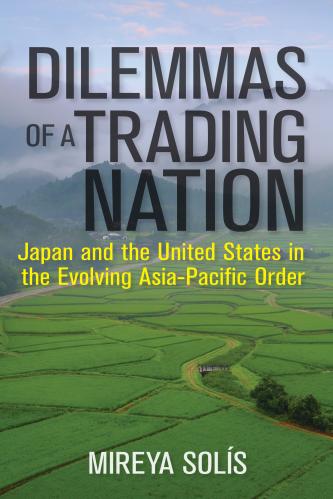
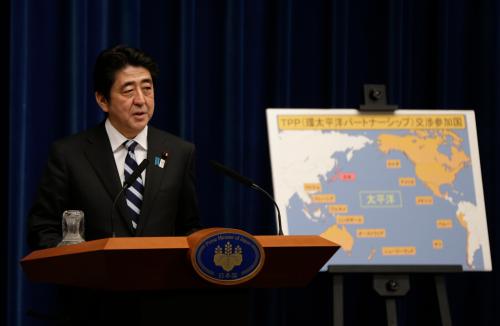
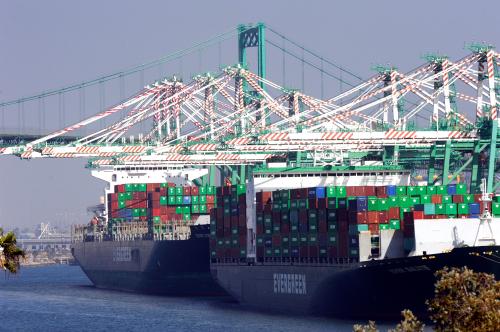


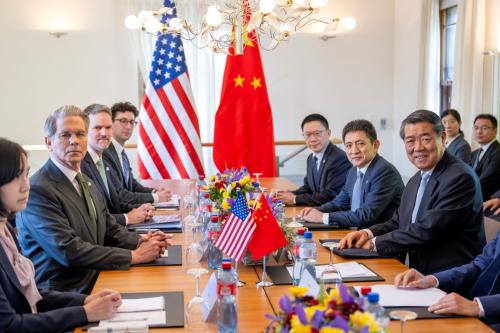
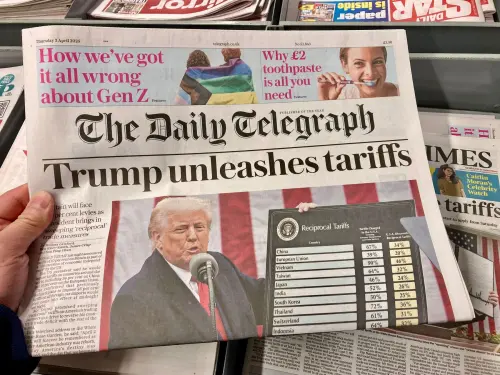
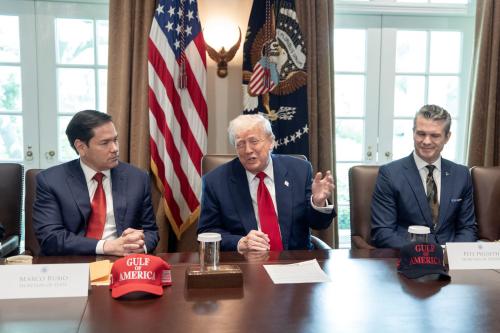
Commentary
As the TPP lives on, the U.S. abdicates trade leadership
March 9, 2018